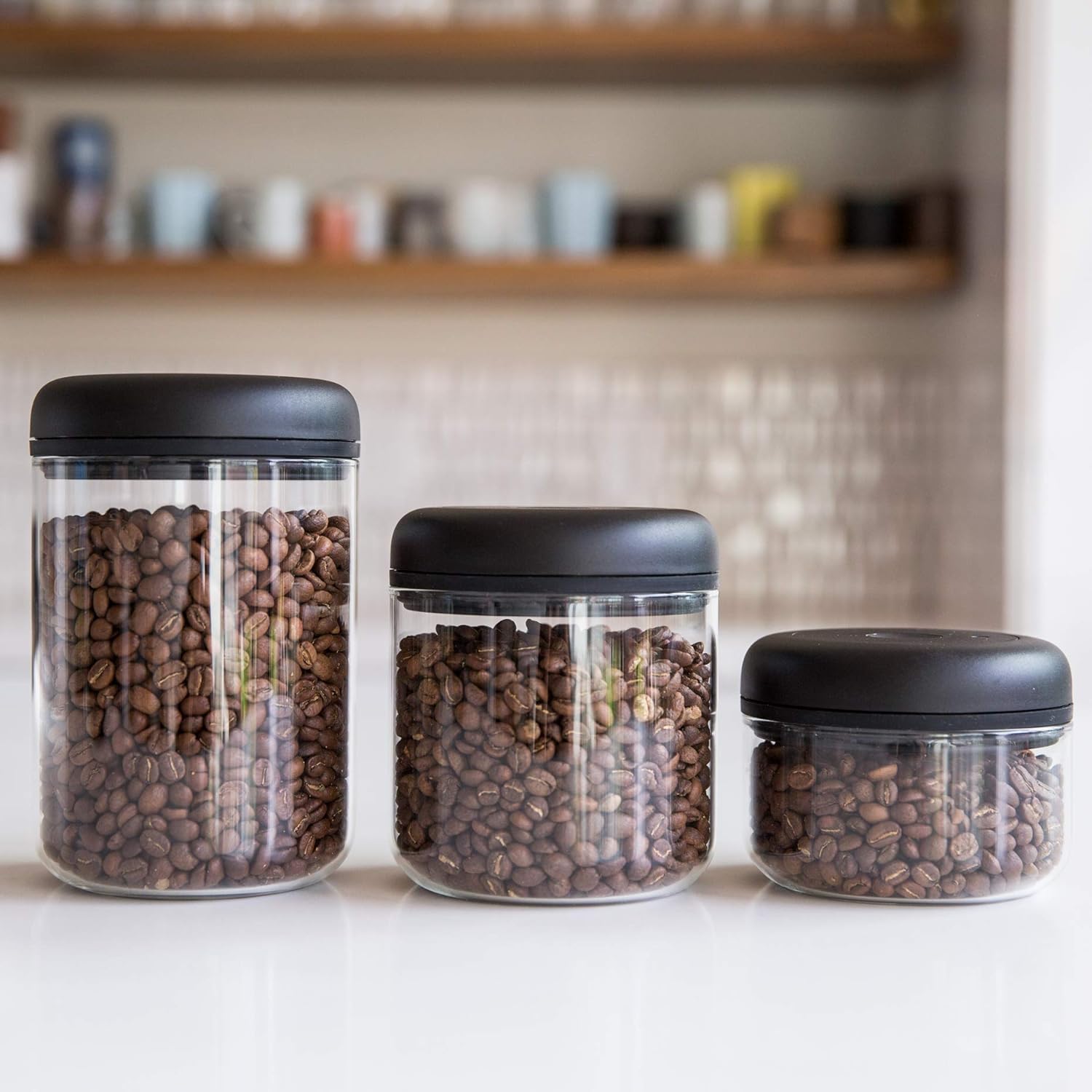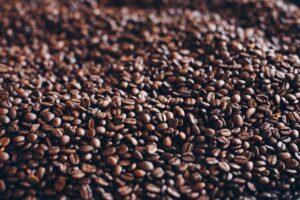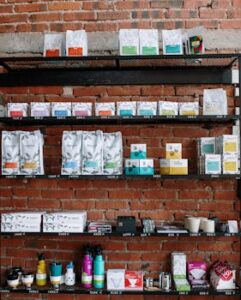Coffee goes through many steps before it becomes the beverage you sip when you’re ready for your morning cup. It must be planted, grown, harvested, processed, shipped, roasted, and packaged. But between all those steps and actually brewing coffee, there is one more step that a home brewer has a lot of control over, and that’s resting.
Think about it: virtually every other step of the coffee process is handled by somebody else. You can discern which roasters to purchase from, which roast profiles you like, which origins you like, and what sort of machines you want your coffee brewed on. But when it comes to the parts where the home brewer has direct control, resting is an often overlooked step in the process. This is a guide on best practice for resting coffee at home, both for filter coffee and espresso.
Why Rest?
Why is it so important to rest coffee? Well, it has to do with a bit of chemistry. The roasting process produces significant amounts of carbon dioxide, some of which stays trapped inside the coffee beans. The longer a bean is roasted, the more carbon dioxide is produced. This means that light roasts produce less CO2 than dark roasts, with medium roasts landing somewhere in between.
Over time, CO2 will slowly escape the beans in a process called degassing. All coffee beans degas over time, but adding hot water to coffee grounds will significantly speed degassing up. If you’ve ever made a pour-over, you’ve probably noticed that the first pour (the bloom) creates a bed of gassy bubbles on the surface of the grounds. This is carbon dioxide exiting the coffee.
To prevent too much CO2 from disrupting the brewing process, we at Raj’s Coffee recommend you rest your coffee beans to allow some of that degassing to take place before you brew. You will have an easier time extracting desirable flavors from coffee if you do this. To that end, here are some guidelines for resting coffee.
Roast Dates > “Best By” Dates
You will find two forms of roast dating on coffee packaging, and the one you will see largely depends on where you buy it. If you purchase a bag from a specialty roaster, chances are high they will put the roast date on the bag, which is ideal! If you purchase a bag from a supermarket, however, you’ll likely see a “best by” marker on the bag. This is standard practice for supermarket products, but it varies widely between companies. A coffee that shows up at a Whole Foods, for example, may have a “best by” date very different from the same batch of beans at a Kroger.
Our advice: purchase bags that are already labelled with a roast date. And the best way to do that is to purchase directly from a roaster. Knowing the roast date will enable you to measure the time elapsed between roasting and brewing.
Purchase Whole Beans, Grind at Home
Coffee grounds will stale exponentially faster than whole beans. The moment you grind coffee beans, the flavor compounds inside will begin to disperse into the air. The longer that coffee grounds sit, the more they will stale. To prevent as much of that staling process from happening as you can, we highly recommend that you purchase whole beans and grind your coffee at home. In fact, we say that you should wait to grind until the moment you’re ready to brew. This shortens the staling process on coffee grounds and ensures that you can extract the maximum flavor potential from your coffee.
Keep Your Beans Sealed Airtight
Three environmental factors can work against resting coffee: oxygen, sunlight, and moisture. You’ve probably noticed that lots of coffee bean bags have a small plastic valve nestled inside. This device allows carbon dioxide to exit the bag without allowing oxygen to get in. Provided the bag is also sealed, you shouldn’t have to worry too much about your beans getting stale too quickly. A number of companies make vacuum storage canisters ideal for storing and resting beans. These not only effectively keep coffee beans airtight, they look excellent on your home brewing station. If you’re looking for a good canister to start with, the Fellow Atmos is hard to beat.
Additionally, exposure to sunlight or moisture greatly affects the degassing process. Be sure to store your beans somewhere away from light and in a dry place. One way to prevent all three environmental factors from affecting your beans is to keep them inside a bean bag or storage canister in something like a kitchen cupboard. Do not refrigerate your coffee beans, as this will not extend the beans’ shelf life. In fact, you can accidentally cross-contaminate aromas with something else in your refrigerator.
Rest for at Least 2 – 3 Days
Degassing tends to work rather quickly for the first few days after roasting, and then it slows down. Since you’re aiming for the window between too much CO2 and your coffee getting stale, let your coffee beans rest for at least 2 – 3 days before you brew. For darker roasts, because these beans may be more porous than their light- and medium-roasted counterparts, degassing may happen more quickly, so err on the shorter side of this window for peak flavor. Lighter roasts can be rested for much longer.
Rest Espresso for at Least 4 – 5 Days
The rules for resting coffee change a little bit when talking about espresso. The combined speed and pressure generated by an espresso machine can cause a lot of carbon dioxide to leach out at once. Brewing espresso beans just after they’ve been roasted can produce a lot of undesirable flavors. For this reason, we recommend you let espresso beans rest for at least 4-5 days. Lots of specialty cafés already practice this amount of resting before they ready their espresso beans to be ground.
Rest for No Longer Than 21 Days
After a few weeks, beans develop a stale flavor, even if they’ve been stored properly. Our recommendation is that you use your beans before they pass the 21-day mark. At this point, the coffee will not be able to recover the peak of their flavor. An easy way to enable this is to only buy coffee beans for a couple of weeks at a time.
Conclusion
We understand that all this may sound a little fussy. Coffee is coffee, right? True enough, you can brew coffee at any time after they’re roasted and it will be drinkable. Most people have been drinking coffee just fine without paying any mind to resting. But we at Raj’s Coffee believe that coffee has incredible potential for delicious flavor, and resting is one of the strategies you can use to unlock that potential. So, go forth and happy resting!




